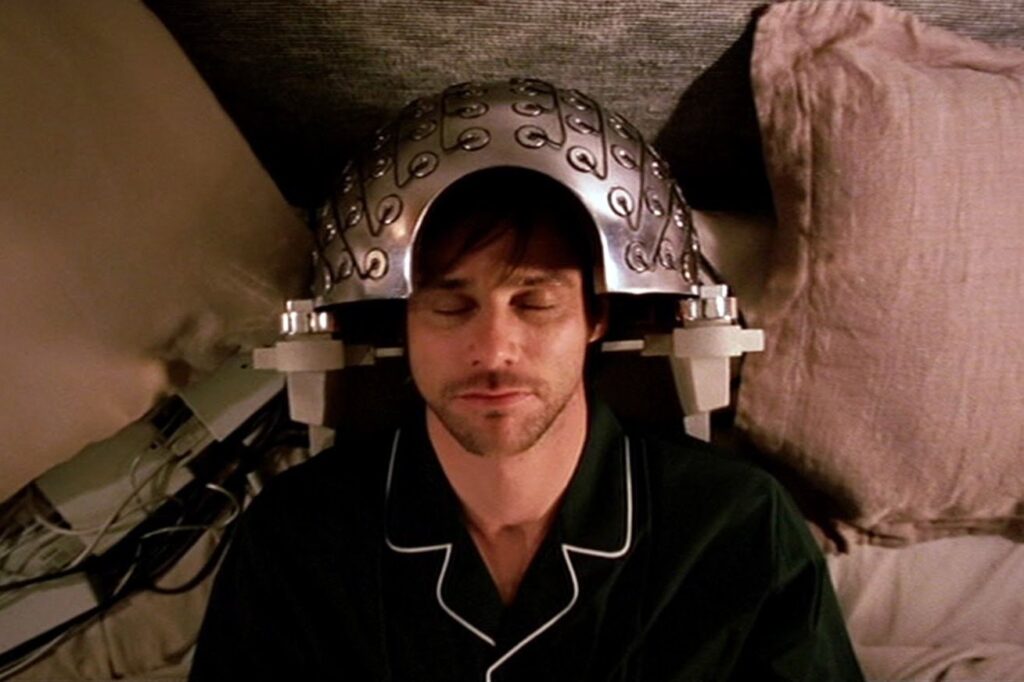It sounds exactly like the plot of “If You Leave Me I'll Eradicate You,” the successful film by Michel Gondry. A radical new technique has been developed to target and erase bad and painful memories.
Unlike the film, in which this technology was welcomed without reservations, the current one raises “huge ethical problems”, says a leading neurologist, because it threatens to artificially change a person's personality.

The Neurofeedback
The memory editing technique, called decoded neurofeedback o DecNef, was really created to erase bad memories. These are not the ones that bring to mind disappointments in love, however. These are bad memories that are a little more disabling: those that give rise to post-traumatic stress disorder. The most recent scientific article was published in Nature.
What is the technique to erase bad memories
DecNef's technique uses an electromagnet similar to an MRI scanner to measure various changes in the brain, such as the level of oxygen in the blood.
The scanner sends the collected data in real time to an artificial intelligence that maps which areas of the brain are active when particular bad memories are stimulated.
Aurelius Cortese, a computational neuroscientist and principal investigator at ATR Computational Neuroscience Labs, says AI is vital to understanding what's going on in the human brain.
We use machine learning to move from neural to mental representation, and understand which target to "delete".

What are the next steps?
Once the learning system is fine-tuned, the second phase of DecNef will monitor the parts of the brain where these bad memories are active, and will allow the patient to be trained to control the impact of the stimulus.
A wipe in the sponge on bad memories, or on our personality?

Neurofeedback is part of the (many) research in this field. Cortese isn't the only one to hunt for "bad memories", and to be honest he doesn't seem like the most ruthless either.
in 2018, researchers at the University of California, Berkeley, announced that they have taken the first steps toward using holographic projections in the brain. The so-called optogenetics it could be used to switch single neutrons, or potentially entire areas containing thousands of neurons.
That editing technique would allow scientists to “cut and paste” activity from one part of the brain to another, causing him to think he heard, saw or sensed something that never happened.


